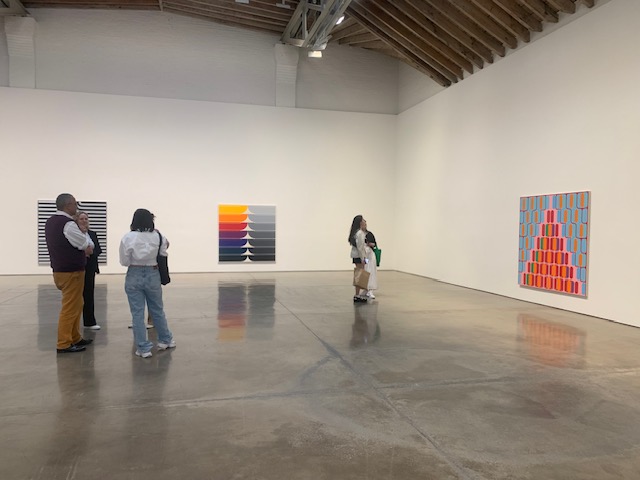In an age dominated by artificial intelligence and efficiency, more and more young people are choosing to slow down, getting their hands dirty with paint, shaping clay, or drawing freehand. In contrast with the demands of an increasingly automated job market, enrollment in fine arts schools, both public and private, is experiencing an unexpected surge.
In New York and elsewhere both elite universities and accessible colleges are recording record numbers of applications for painting, drawing, and visual arts courses. A wave that cannot be explained solely by demographic growth, and instead reflects a deeper shift, a true cultural response to today’s realities.
At Parsons School of Design, in the heart of the Big Apple, applications to art programs have risen by 64% since 2016, while the Pratt Institute, also based in the city, recently recorded the largest painting and drawing classes in its history.
Also The School of Visual Arts has reported a rise in applications, despite high tuition costs, often exceeding $60,000 per year, a sign that young people are not discouraged, viewing the investment as something meaningful and tied to identity, rather than simply professional.
Even in New York’s public institutions, such as Hunter College and LaGuardia Community College, fine arts courses are seeing steady growth. The national data speaks clearly: in the 2021–2022 academic year, nearly 100,000 degrees in visual and performing arts were awarded, making it the eighth most popular field of study in the United States.
Young people seem to reject the idea that success must come through standardized paths such as business, medicine, or computer science. Many students are consciously choosing a different route. They do so despite, or perhaps because of an economic system that feels unstable, competitive, and often dehumanizing.
Artificial intelligence, which threatens to replace many “safe” professions, paradoxically seems to revive the value of the most human activities, those that can’t be replicated: creativity, craftsmanship, sensitivity.
So, while companies automate, young people take up brushes and chisels. And in this movement lies a clear statement of intent: not everything has a price.










